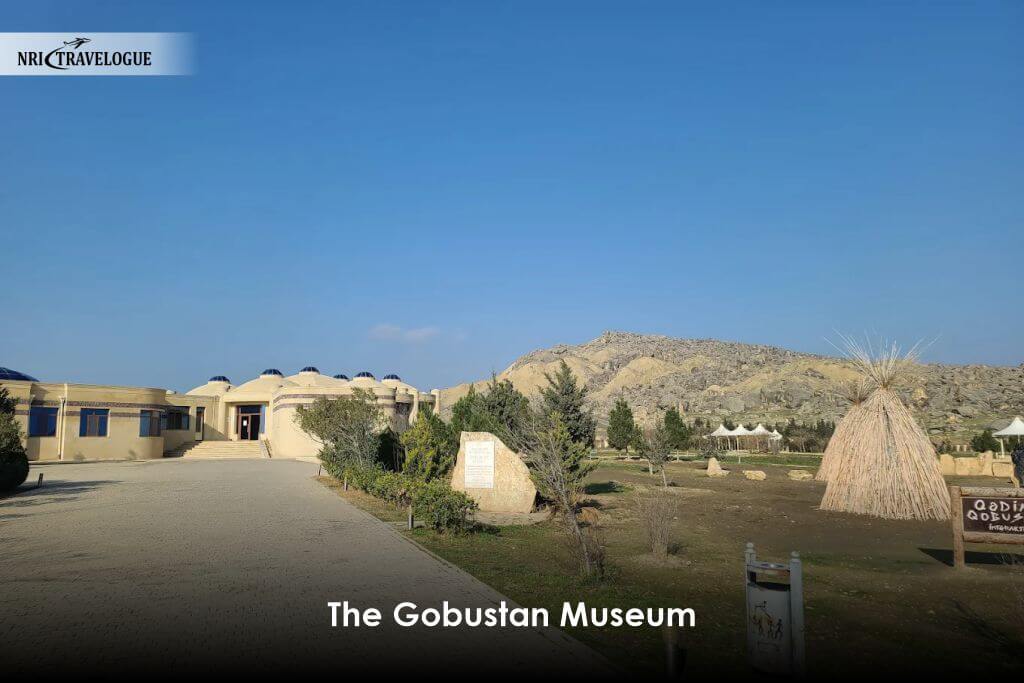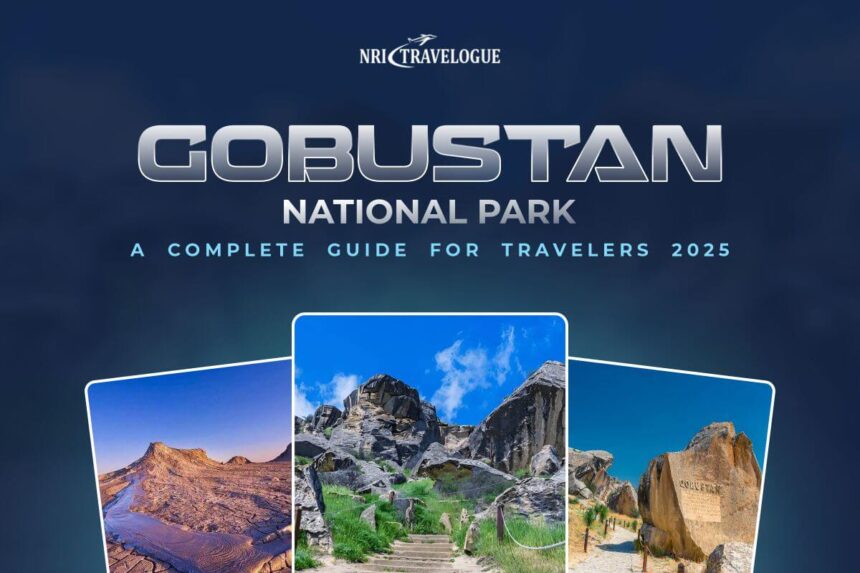Few places in the world capture both natural beauty and human history the way Gobustan National Park does. Known for its ancient rock carvings, mud volcanoes, and dramatic terrain, the park offers more than just a scenic day trip from Baku. It is a UNESCO World Heritage Site that tells a story stretching back thousands of years while also offering experiences you cannot find anywhere else. In this guide, we share everything you need to know about planning a meaningful trip to Gobustan National Park, from the must-see highlights to practical tips that make the journey smooth.
The Historical Significance of Gobustan National Park
Gobustan is not just another stop on the Azerbaijan travel map. The park is home to more than 6,000 rock engravings dating back 5,000–40,000 years. These petroglyphs depict scenes of hunting, dancing, rituals, and daily life, making them one of the richest records of prehistoric human culture in the region.
Archaeologists have found evidence that Gobustan was once inhabited by Stone Age communities who left behind more than just carvings. Ancient dwellings, tools, and even early musical instruments like the “gaval dash” stone highlight the importance of this site in understanding human development. When walking through the open-air museum of rock art, we see more than just drawings—we connect with early human imagination and creativity.
Mud Volcanoes: Nature at Its Most Unusual
One of the unique features of Gobustan National Park is its mud volcanoes. Azerbaijan is home to nearly half of the world’s mud volcanoes, and many of them can be found here. Unlike fiery eruptions, these volcanoes bubble with thick, cool mud that sometimes bursts gently from the earth.

The sight is both strange and fascinating. The bubbling pools, often surrounded by barren terrain, create an almost lunar feel to the area. Many visitors like to take photos at the craters or walk around to watch the mud slowly shift and reshape itself. Some locals even claim the mud has healing properties, and while science remains cautious on that point, standing near these natural wonders is an experience that stays with us long after leaving.
Petroglyphs: The Open-Air Museum of Humanity
The petroglyphs of Gobustan National Park are the highlight for many visitors. Spread across caves and boulders, these carvings portray everything from hunters with bows to women dancing in groups. Some figures even show animals like deer, goats, and bulls, giving us clues about the environment thousands of years ago.

What makes these carvings particularly striking is their level of detail. For instance, a hunting scene etched into the rock can still clearly show movement and interaction despite being several millennia old. It feels almost like looking at a primitive version of a photo album. For students of history, anthropology, or simply curious travelers, the petroglyphs give Gobustan its soul.
The Gobustan Museum: Context for What You See Outside
Before heading out to explore the open-air carvings, we recommend stopping by the Gobustan Museum near the entrance. The museum provides context for the petroglyphs, explaining how they were made, what they signify, and the history of the communities that once lived here.

Interactive displays, digital reconstructions, and replicas of artifacts give visitors a deeper understanding of why Gobustan National Park is such a valuable heritage site. Spending even 30 minutes inside the museum makes the carvings outside feel more meaningful because we see them not just as drawings but as part of a continuous human story.
Planning Your Visit: Practical Tips
Best Time to Visit
Spring (April–June) and autumn (September–October) are the most comfortable seasons to visit Gobustan National Park. The weather is mild, the skies are clear, and the experience of walking through the rocky paths is far more enjoyable than during the scorching summer heat.
Getting There
Gobustan National Park is about 64 kilometers from Baku. Taxis and private tours are the most convenient options, though budget travelers may prefer buses that run from the city. Many guided tours combine the park with visits to mud volcanoes, giving you a full-day experience.
Entry and Tickets
There is a small entrance fee, which includes access to the museum. Guided tours are available in multiple languages, and they can greatly enrich the visit.
What to Bring
- Comfortable walking shoes
- Sun protection (hat, sunscreen, water)
- A camera or phone with extra memory—photos are a must
- Small snacks, as there are limited food options nearby
Personal Insights and Travel Experience
When walking through Gobustan National Park, what strikes us most is the feeling of stepping back in time. Unlike many historical sites where displays are behind glass or kept at a distance, here we stand directly in front of carvings created by humans tens of thousands of years ago.
It feels intimate, as if we are part of the story. Standing in front of a hunting scene, we can imagine the early communities that once gathered in these spaces, talking, planning, and recording their lives in stone. The mud volcanoes add another dimension—reminding us that nature is constantly reshaping the same earth where humans left their mark.
These personal moments, mixed with the knowledge shared in the museum, make Gobustan more than just a tourist destination. It is an encounter with both human heritage and natural wonder.
Why Gobustan National Park Should Be on Your Itinerary
Many visitors to Azerbaijan focus on Baku’s modern skyline or the Caspian Sea promenade, but Gobustan offers something different. It provides context for where the culture has come from and why this region has always been a crossroads of history.
The park combines art, archaeology, geology, and raw natural scenery in a way that few destinations can. Whether you are a history enthusiast, a nature lover, or simply someone looking for unique experiences, Gobustan National Park gives you all of that in one trip.
Conclusion
Gobustan National Park is more than a day trip—it is a journey into human history and natural phenomena that are both rare and remarkable. From ancient carvings to bubbling mud volcanoes, the park connects us with stories and experiences that go back thousands of years.
If you are planning a trip to Azerbaijan, make sure Gobustan National Park is at the top of your list. Book a tour, prepare your camera, and take the time to walk through one of the most meaningful places in the country. By the end of your visit, you will not only have striking photos but also a deeper appreciation for how humanity and nature intertwine in ways that still speak to us today.








